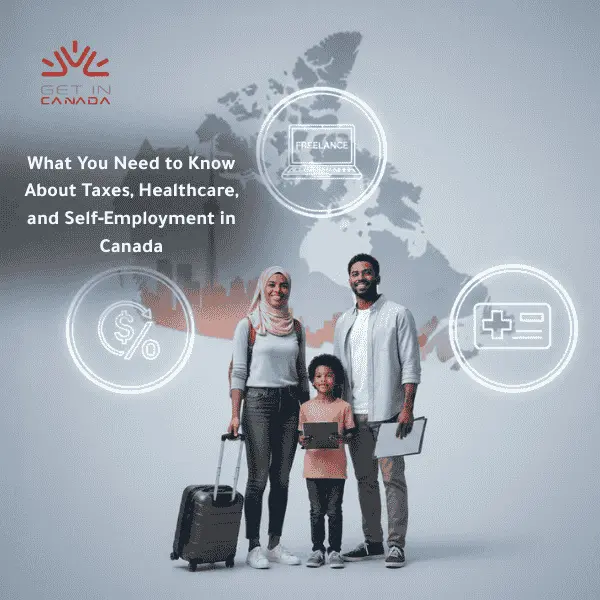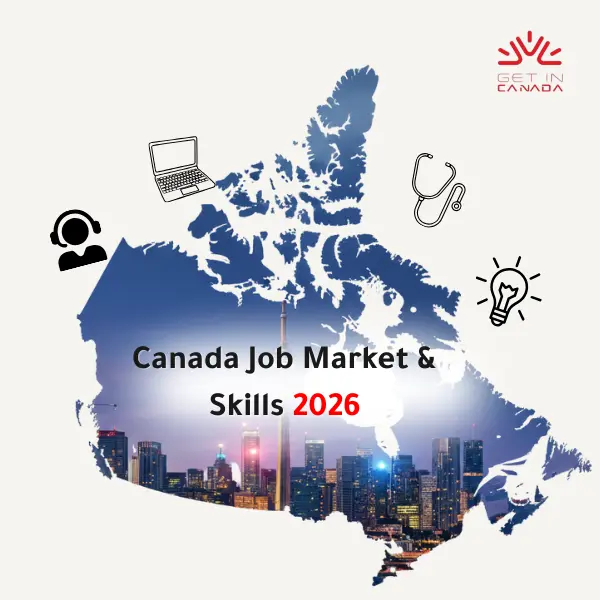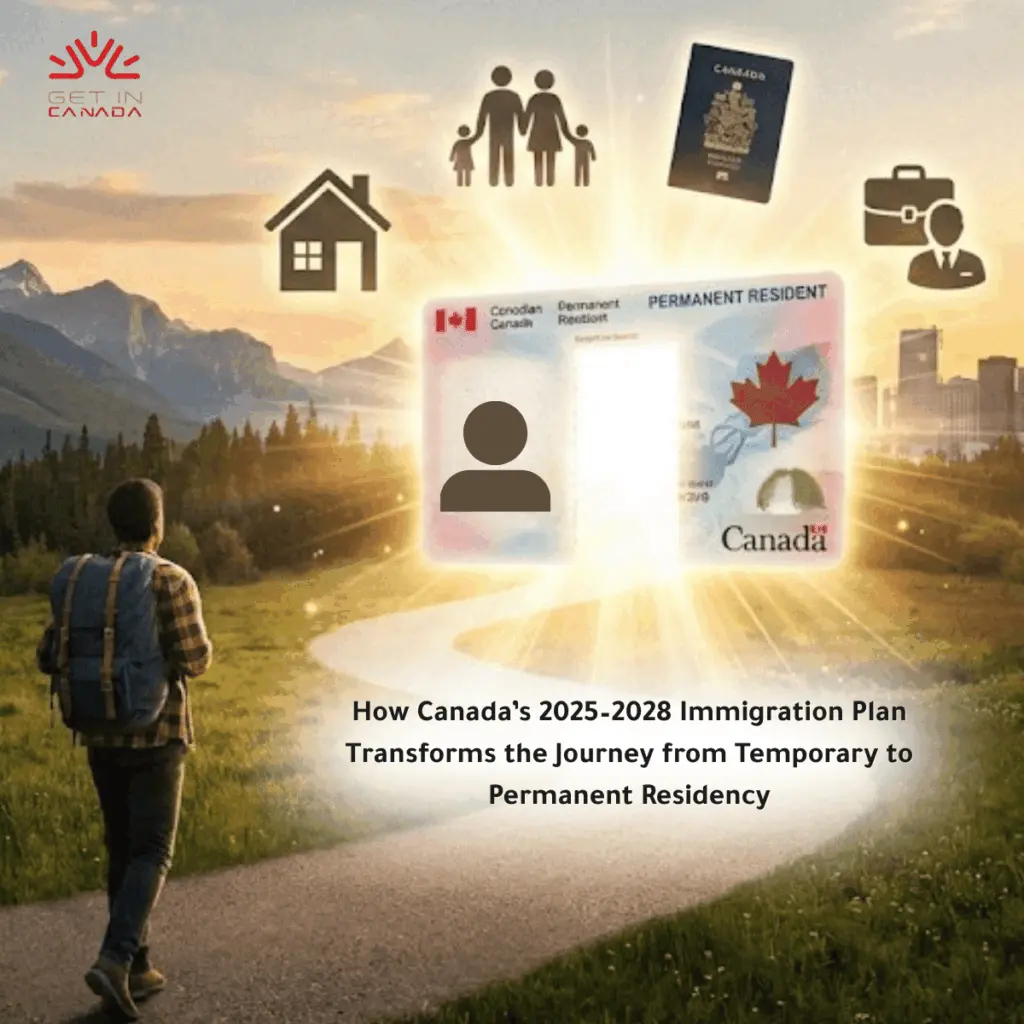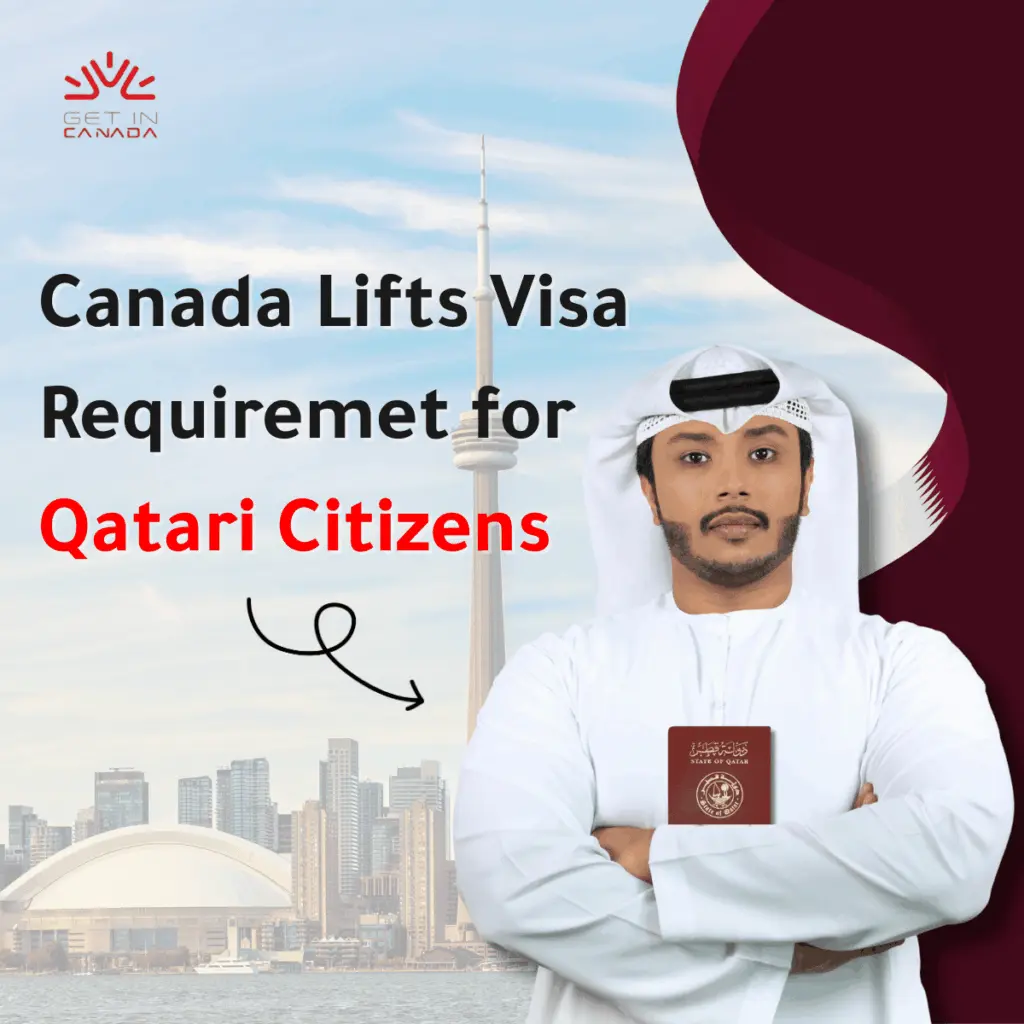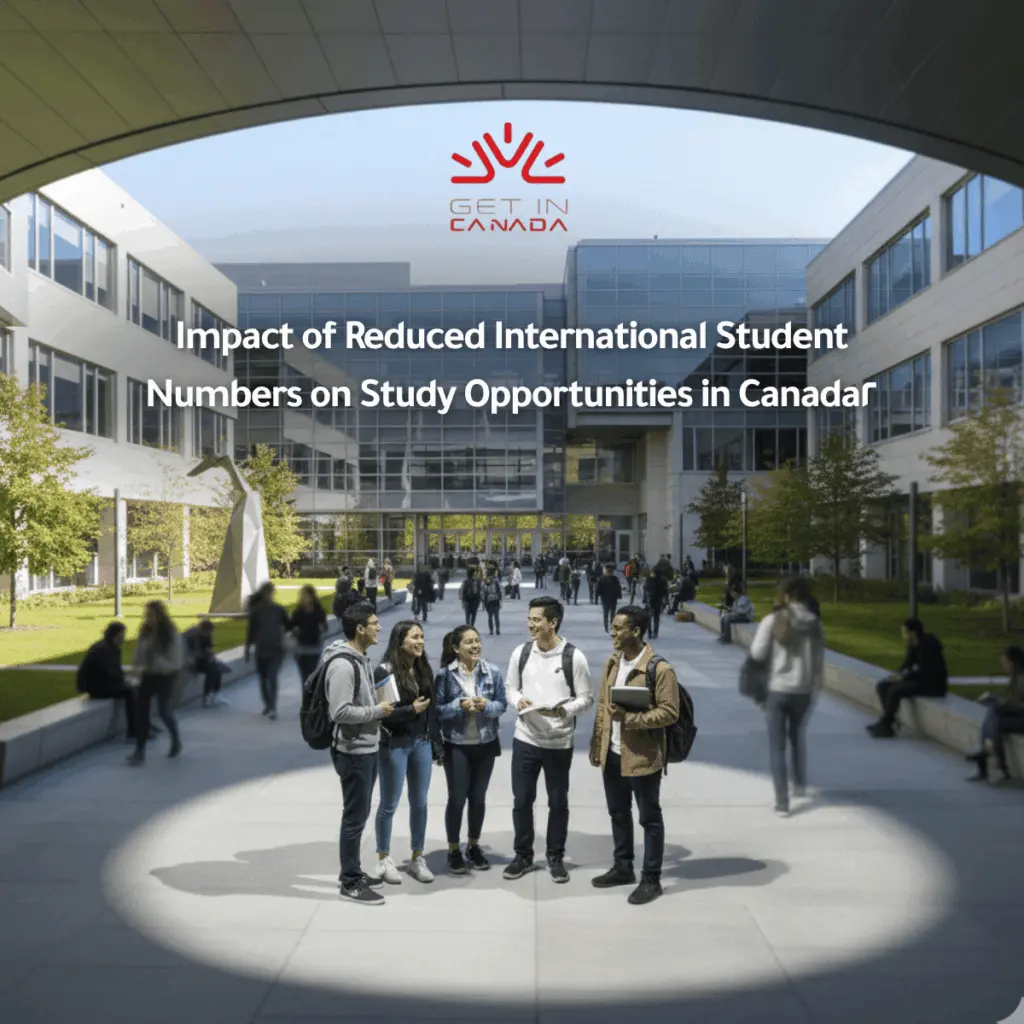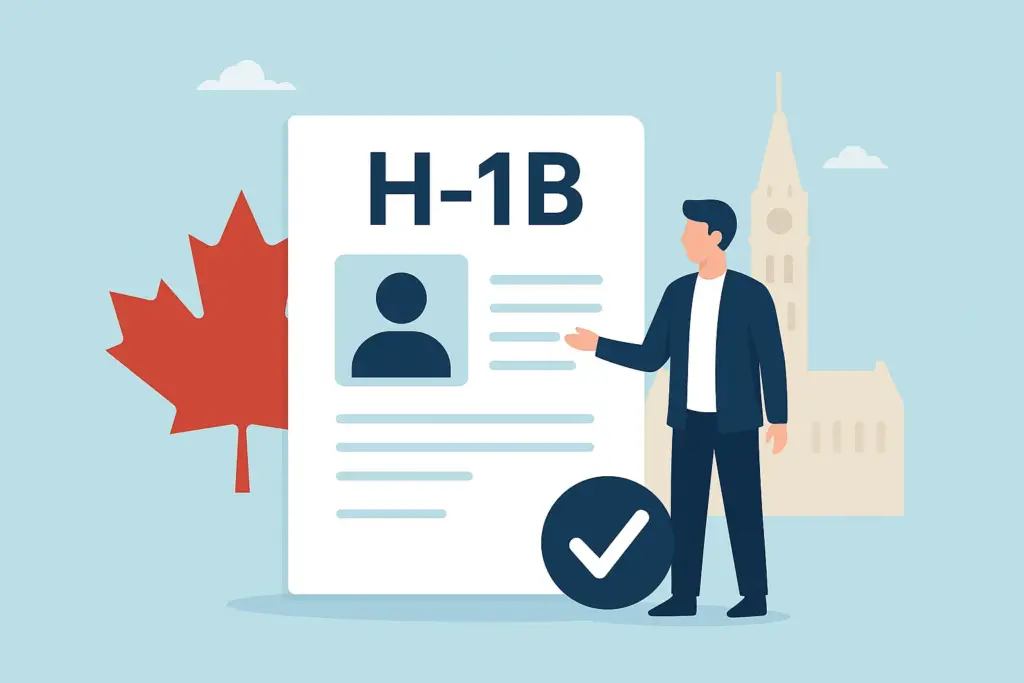Common questions about student, employment, and visitor visa for Canada
Are you an overseas employee, international student, or tourist in Canada with a work permit or student/visitor visa? This will depend on the country of your nationality since most countries require you to have a visa.
Thinking over what work and study visas and permits distinguish? Here are the top questions of fresh learners about the visas of workers and students.

The basic difference between a Visa and a Permit
In the following, we’ll explain the difference between a visa and a permit:
Permits
Employment and student visas are important for individuals who want to work or study in Canada during the permit’s validity. These permits legalize a person or convey what the holder can do in the country and how long he or she can do it.
Work permits in Canada fall into two main categories:
- Open Work Permits (OWPs): Pave the way for you to work for any employer in Canada.
- Closed Work Permits (LMIA-based): employment-based: linked to a specific employer and are subject to the Labour Market Impact Assessment (LMIA).
Visas
Work and study permits, relocation visas, protected persons’ visas, visitors’ visas, electronic travel authorization, and criminal rehabilitation allow entry into Canada at a port of entry and subsequent re-entry to the country. They act as evidence that one has legal rights to be in a country or the legal right to be allowed back into the country.
There are different types of visas:
- Temporary Resident Visas (TRVs): for employment, education, or business and tourism.
- Electronic Travel Authorization (eTA): For several nationalities that are not liable to obtain a TRV.
Knowledge of these differences can assist you in dealing with the procedures related to immigration successfully.
Find out if you are eligible to get in Canada →
Is it possible to pay for a Visa or eTA in my currency?
In most situations, refugees can use local currencies to make payments for their visas or eTAs. To find out if this is possible for you, please go to the IRCC webpage to see the visa office for your country of residence. This will assist you in finding out if it is possible to make your payment in your local currency.
When applying for a work or study permit, which one should I choose—eTA or Visa?
Most of the applicants must realize that IRCC discourages them from applying for an eTA or visa at the same time as the work or study permit, depending on which country they are coming from. However, if your application is approved, an eTA or a visa will be granted to you in combination with the work permit, study permit, or any other permit you applied for.
It may be necessary for you to surrender your passport to a Canadian visa office in case you want a work or study visa.
Is it possible to return to Canada after a temporary exit with a Temporary Resident Visa?
With a temporary resident visa, you may either have a single-entry or multiple-entry visa. With a temporary resident visa, you may either have a single-entry or multiple-entry visa.
- Single-Entry Visa: If you hold a single-entry visa, you would have to get a new visa to re-enter Canada, except the United States, St. Pierre, and Miquelon, where you intend to return to Canada before the expiry of the visa you have been issued with. These conditions also apply if you want to return an expired visitor’s visa.
- Multiple-Entry Visa: As for the multiple-entry visa, you are free to come and go as many times as you wish within the time of validity of your visa.
How can I check the expiry date of my temporary status in Canada?
To find out when your temporary resident status (as a student, worker, or tourist) expires:
- For Permit Holders: If you are a worker or student visa holder, check your work or study permit’s expiration date.
- For Visa/eTA Holders: There is also a possibility that your visa or Electronic Travel Authorization (eTA) will expire before your temporary residence status. In this case, you liaise for a visa extension or renew your eTA, which stands for electronic travel authority.
- For tourists: When you get there to the port of entry, the Canada Border Services Agency (CBSA) officer shall either hand write on your passport or produce a new document to indicate the entry date. In addition, the officer could record the time limit of your temporary status either on the stamp or the note. If no stamp or note is placed in the passport, the temporary status will be sixty months from the arrival in Canada.
Can I use a visa on my old passport if I have a new one?
If a person has a valid visa sticker in his or her previous passport and that person has been issued a new passport, then she/he can use the visa to travel to Canada. To do this, one is required to take along the old passport containing the visa, the new passport, or any other document that is valid for travel.
While this is all right, IRCC suggests that one obtain a new visa in your current passport, as this can help avoid border interface hitches. Be ready to explain the reasons for the loss of the previous passport or any other travel document.
The arrangement of different visas that Canadians use to admit students, workers, or visitors is sometimes not quite straightforward. Realizing the distinction between permits and visas, the moments when one should apply, and certain peculiarities can facilitate the overall perception. Be aware and seek out more information either through official communication channels or specialized personnel, if necessary. Go and have a great journey in Canada!



